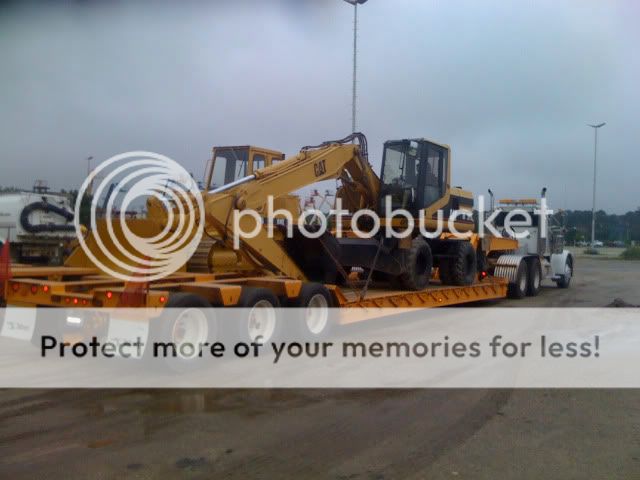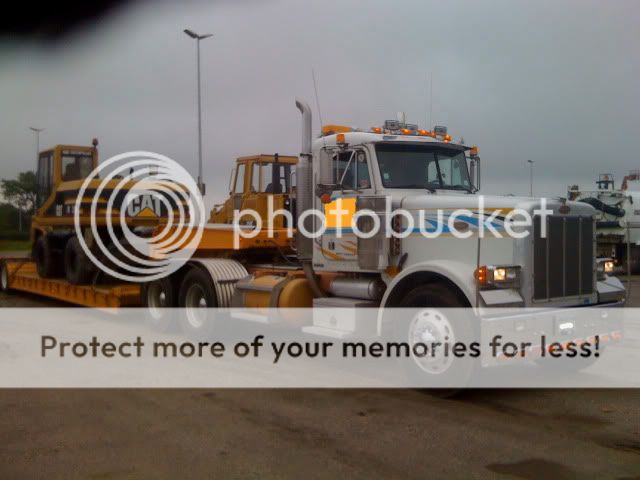rollon,
From the Federal Motor Carrier Safety Administration's Cargo Securement Rules...
Performance Criteria
FMCSA has adopted new performance requirements concerning deceleration in the forward direction, and acceleration in the rearward and lateral directions, that cargo securement systems must withstand. Deceleration is the rate at which the speed of the vehicle decreases when the brakes are applied, and acceleration is the rate at which the speed of the vehicle increases in the lateral direction or sideways (while the vehicle is turning), or in the rearward direction (when the vehicle is being driven in reverse and makes contact with a loading dock). Acceleration and deceleration values are commonly reported as a proportion of the acceleration due to gravity (g). This acceleration is about 9.8 meters/second/second (32.2 feet/second/second), which means that the velocity of an object dropped from a high elevation increases by approximately 9.8 meters/second (32.2 feet/second) each second it falls. FMCSA requires that cargo securement systems be capable of withstanding the forces associated with following three deceleration/accelerations, applied separately:
1. 0.8 g deceleration in the forward direction;
2. 0.5 g acceleration in the rearward direction; and
3. 0.5 g acceleration in a lateral direction.
These values were chosen based on researchers' analysis of studies concerning commercial motor vehicle performance. The analysis indicated that the highest deceleration likely for an empty or lightly loaded vehicle with an antilock brake system, all brakes properly adjusted, and warmed to provide optimal braking performance, is in the range of 0.8-0.85 g. However, a typical loaded vehicle would not be expected to achieve a deceleration greater than 0.6 g on a dry road. The typical lateral acceleration while driving in a curve or on a ramp at the posted advisory speed is in the range 0.05-0.17 g. Loaded vehicles with a high center of gravity roll over at a lateral acceleration above 0.35 g. Lightly loaded vehicles, or heavily loaded vehicles with a lower center of gravity, may withstand lateral acceleration forces greater than 0.5 g.
Generally, motor carriers are not required to conduct testing of cargo securement systems to determine compliance with the performance requirements. The new rules explicitly state that cargo immobilized or secured in accordance with the general securement rules, or the commodity-specific rules, are considered to meet the performance criteria.
http://www.fmcsa.dot.gov/rules-regulations/truck/vehicle/cs-policy.htm


